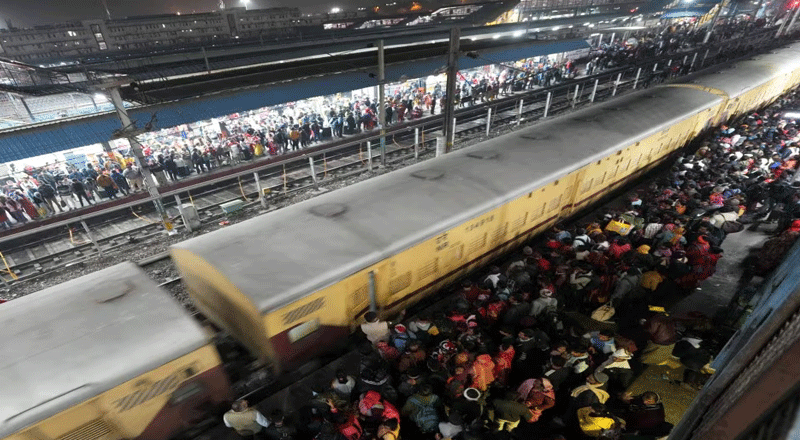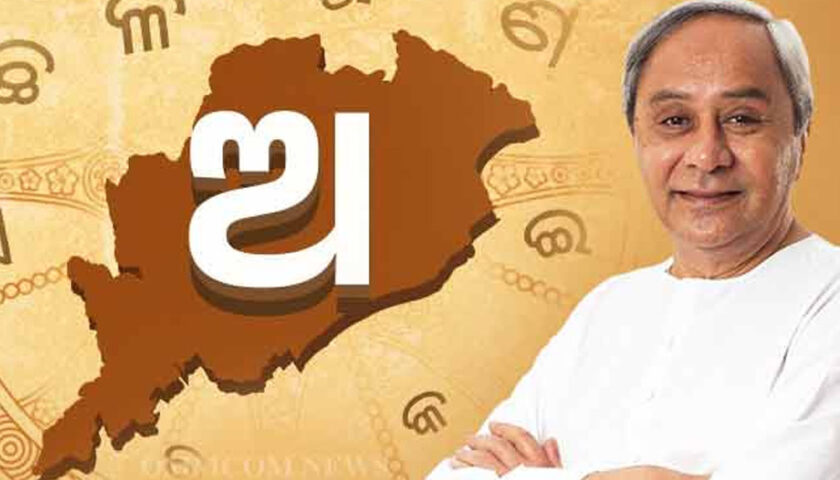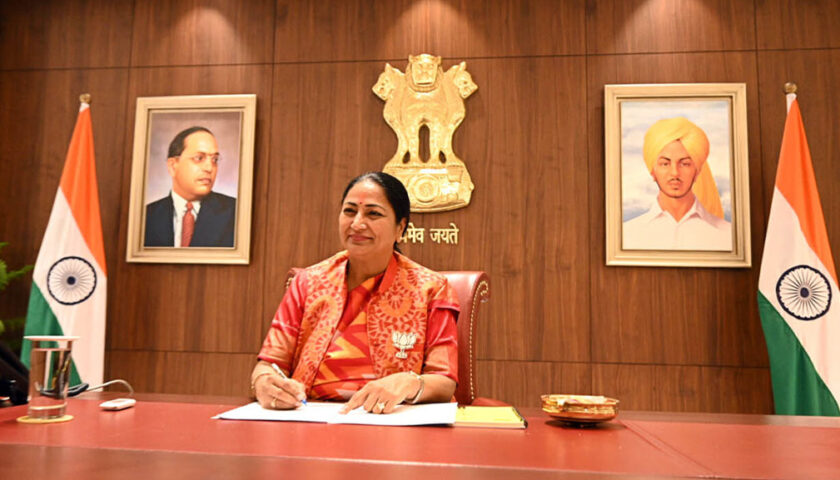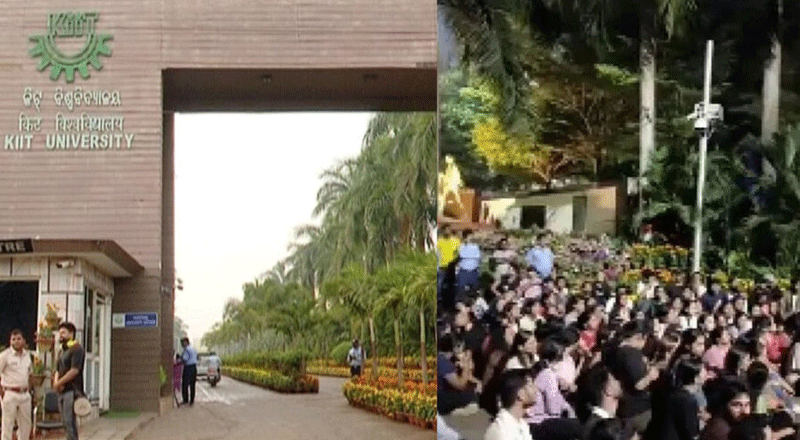New Delhi Stampede: Eyewitnesses of the New Delhi railway station stampede said that people were pushing and scrambling for space amid cries for help. At least 18 people were killed and more than a dozen injured in the stampede that took place late on Saturday night at the crowded railway station.
Union Minister Sukanta Majumdar on Sunday said the Railways Ministry is probing whether ‘fake news’ played a role in triggering the fatal stampede at New Delhi Railway Station on Saturday night which claimed at least 18 lives and left several passengers injured.
Majumdar said, “The Rail Ministry is investigating this incident to understand if any conspiracy or fake news was propagated that caused such an incident. The Rail Minister Ashwini Vaishnaw is extremely capable of his position.”
Tight security at New Delhi Railway Station post stampede
Tight security arrangements are in place at the New Delhi Railway Station, a day after a stampede.
Delhi Police, along with Railway Protection Force (RPF) and Government Railway Police (GRP), has deployed additional personnel to manage rush at the station, which remained overcrowded on Sunday with thousands of passengers struggling to board trains amid heavy rush, an officer said.
“We have set up barricades, intensified patrolling, and deployed quick reaction teams to prevent any further incidents. CCTV surveillance has also been enhanced, with control rooms monitoring real-time footage for crowd control,” the officer said on Sunday.
Announcements are being made to guide the commuters and avoid panic situations, he said.
Saturday’s stampede occurred at around 10 pm when a surge of passengers, confused by a mix-up in train announcements, rushed towards platform 16 via a narrow stairway.
Trapped between those trying to move up and others trying to descend, the crowd turned into a human bottleneck. Within minutes, panic spread, and people began falling, leading to a horrifying crush.
The congestion remained largely unchanged on Sunday, with thousands still jostling for space on platforms and foot-over bridges.
(With agencies inputs)





